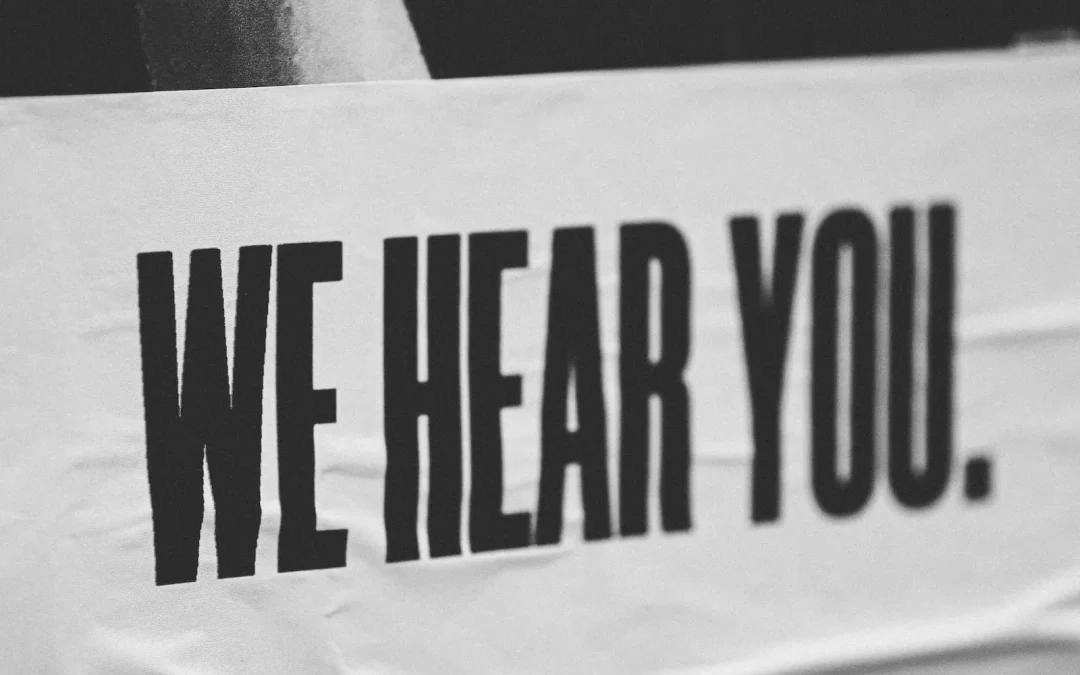Are you feeling a bit distant from your customers?
Knowing what your customers are thinking can be vital in planning your growth, finding out what products work, and anything you may need to do better.
Customer feedback can have huge benefits.
There are many methods to check what your clients think and you need to choose which one works for you. Here we take a close look at how to monitor customer feedback.
1. Give Them a Call
This is a small investment as the pricing of phone calls is inexpensive, and making one is very easy. Making a phone call to customers is a great way to collect detailed feedback. It might not work for corporate businesses, but it is a great way to monitor feedback as a small company.
One call makes customers feel appreciated when spending their money on your service. It only works if you have a handful of clients, and works best when they are purchasing high-value items. Phone calls are a great way of providing world-class customer service.
2. Meet Face-to-Face
Whether you meet up with a client for dining or at their office, sitting down and having a formal review is a great way to get feedback. You can study your customer’s responses to get face-to-face feedback.
You add a personal touch to get feedback that most other techniques lack. Research shows that having a personal meeting builds trust and lasts longer. Before you leave, you can hand over your business card to remind them that you are always on call if they have a problem.
Again, this is ideal for those businesses that focus on high-value items with a manageable number of customers.
3. Integrated Monitoring Programs
These programs go by many names and often require high investment but you get detailed measurement and expertise. With various methods, you can integrate customer feedback and monitor it. This allows you to improve and manage your customer journey.
These systems pull in many different sources from your customers like their email, phone, social media, and surveys. With your dashboard and creating a customer journey map, you can prioritize and monitor your clients to get the best end-to-end experience.
Unfortunately, it is a considerable investment. You need enough staff with continuous investment to keep it maintained and worth your while.
4. Social Media Feedback
We all know how people share their feelings on social media. The same applies to customer feedback. You receive feedback in real-time as customers ask questions or comment, expecting you to listen and respond.
You can find many free tools that any size of company can use to communicate and respond to clients. Social media can still be like the Wild West for many reasons but it’s best to meet its challenge head-on and use it to your advantage. If you manage it well, it can work for you.
5. Transactional Surveys
Whenever you interact with a client by buying products or using a help-line, a transaction occurs and investigating that transaction can give you plenty of information. When you pair it with your other data points, you can ask specific questions providing value.
For example, when you make an e-commerce sale, it shows you the amount of the deal, the path the customer takes, to the elapsed time it takes for the client to make a purchase. You can then use this information to make adjustments.
Using the technique is quantifiable and leads to data showing your operative efficiency and growth. The downside is that using these surveys is complex, and you need to accumulate loads of data.
This is a guest article by Cary Powers














